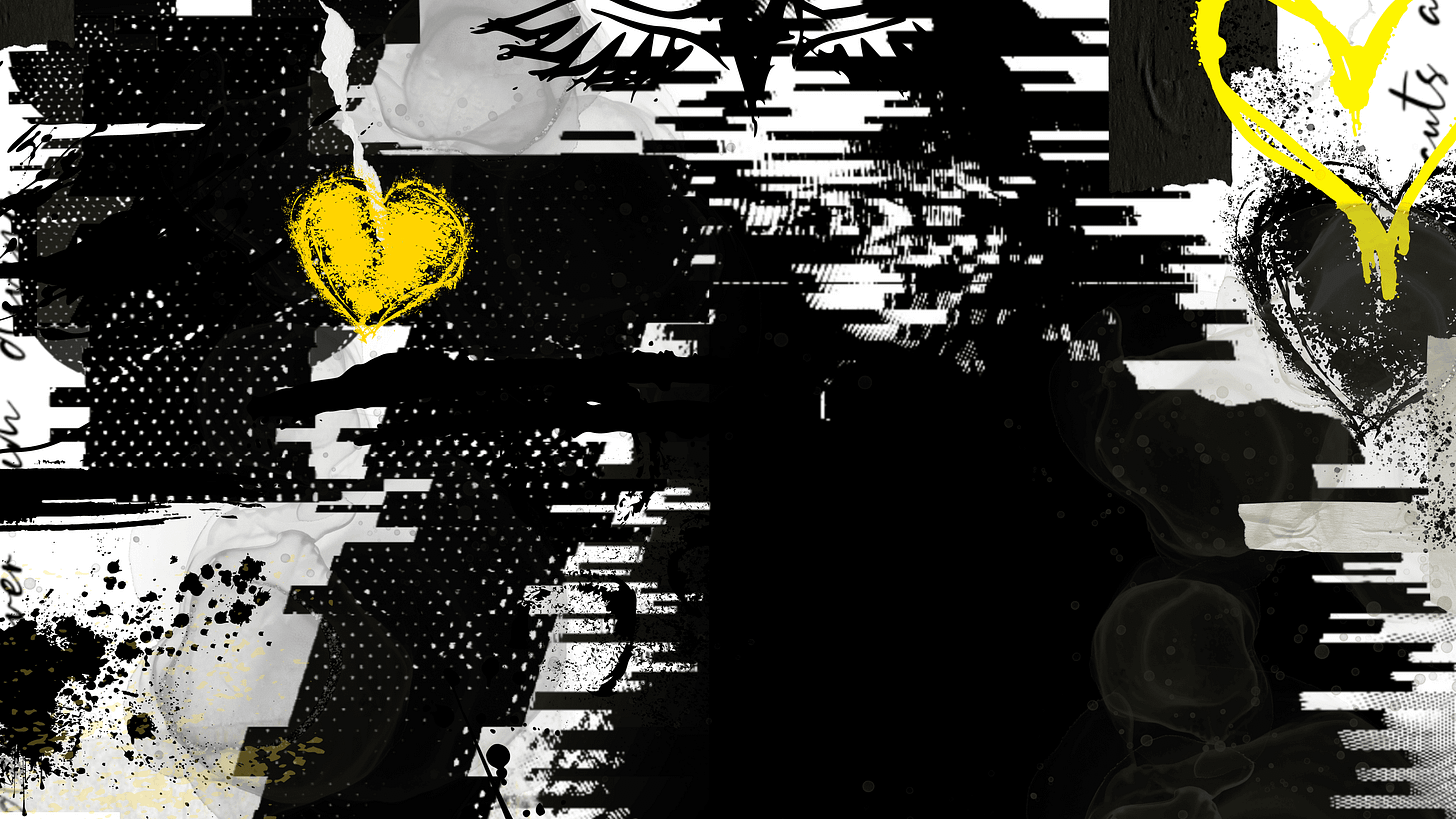When other’s think of grunge, they think of long hair dudes and combat boots. For me, what comes to mind is the reflection of the society, deeper issues and representation they held for the society, political landscape and music business. Me and my sister Kristīne fell in love with the 1990s Pacific Northwest scene forever- more than a decade ago. To the point that we have researched it through our academic studies and continue to do so. There isn’t a subject or type of music that inspires me or my sister more than grunge. After a couple of years of academic research and the completion of our degrees, we decided to share our research and thoughts in this blog. After the realisation, that there isn’t enough academic work which showcases the power and political landscape grunge had. There aren’t even books focusing specifically on the particular subjects we will cover in this blog. And It`s completely free !
Hopefully this blog showcases that music is not just noise but something much more important, beyond sound. It’s identity-which has not been diminished by anything till this day. If your a musicophile, mélomane or melophile your going to love this!
This blog investigates the political activism, motifs, and ideology of the 1990s Pacific Northwest movement in the United States. The aim of it is to examine the movement through the perspective of sociomusicology with particular focus on melancholic music and its relation to society. As well as using the methodology of sociomusicology, the music of the movement is investigated as a reflection of Generation X and American society of the 1990s. This study investigates the socio-economic situation in Seattle in the 1980s, prior to the mainstream recognition of the scene. The socio-economic aspect is evaluated as the social fabric behind melancholic music from Seattle. Through the methodology of sociomusicology and the socio-economic investigation, this study argues that the movement was politically motivated and involved. It is a political movement against Republicanism, particularly against the 1980s Republican Party and Former U.S President Ronald Reagan.
The significance of this study lies in the way that it outlines how the movement maintained its political agenda and protests in its mainstream format and how supportive of democratic policy and ideologies the scene was. The majority of scholarship regarding the subject does not acknowledge the political aspect of the movement. It is overshadowed by a consensus that the scene was self-absorbed with drug culture and focused on depression. This blog investigates the opposite and highlights how important melancholic aspects of music were for the scene in Seattle. The focus on such elements camouflaged and downplayed the importance of Democrat support for the movement, allowing for the movement to maintain and progress in a mainstream format.
Likewise, it explores the work of American graphic designer Art Chantry in the context of grunge design. The aim of this is to investigate the ideology, politics and symbols present in Chantry`s designs of album covers and posters. This work evaluates the goals and nature of Chantry`s designs with their anti-mainstream messages and political protests against 1980s Republican Party, with reference to Mechanical Reproduction methodology by Walter Benjamin. Through such approach, this study investigates and argues that grunge design was a political protest against Republicanism, whilst it understood the importance of capitalism. Most scholarship which addresses grunge design focuses on David Carson and the importance of deconstruction of graphic design rules in grunge. Such scholarship does not investigate the importance of Art Chantry in grunge design or focus on the political protest aspect in his work. However, this study investigates such aspects, and it is evaluating the political factors which contributed to grunge design, focusing on the thematic of Art Chantry design.
The significance of this study lies in the close examination of Art Chantry as the creator and originator of grunge design. It`s significance also lies in the investigation of 1980s political atmosphere in the United States and Chantry`s designs serving as a reaction to it. This study argues in contrast to popular belief that grunge design was politically motivated, and it had continued to do so in a mainstream format. This blogs aim is to investigate connections between punk design of the 1980s and how different grunge design is from it.
So if this is of interest to you or in any way helpful (even as a time killer),
keep on reading…








nice blog…I’m too old for grunge, being a 60s person & was in Seattle during that time & a radical anti war activist …how about The Clash? a little close to grunge? Not my area of expertise but I started a blues, jazz record label called Random Chance Records. Looking forward to seeing your posts
I am so excited to have found this. I appreciate your approach and am looking forward to digging in.